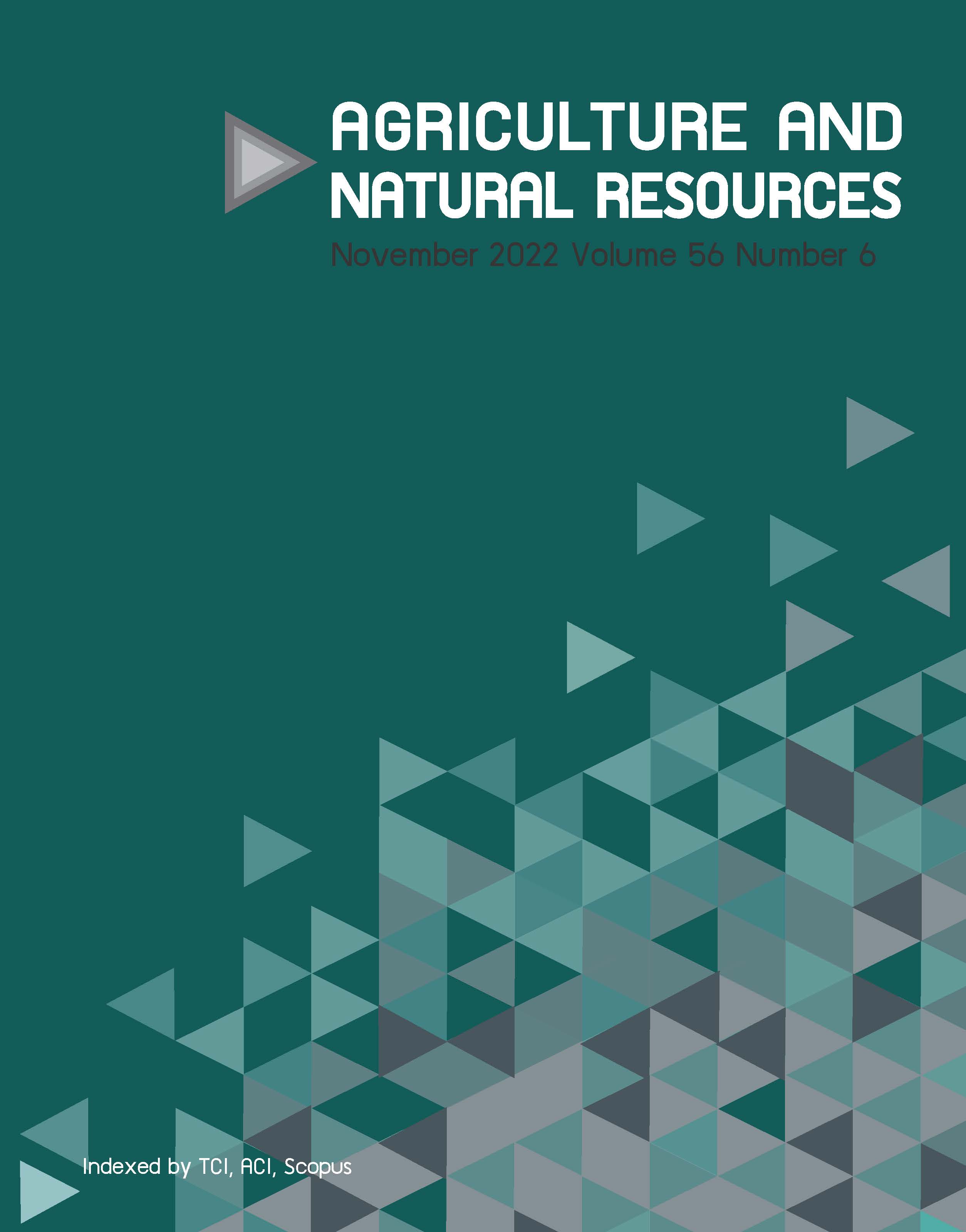Prevalence and characteristics of extended spectrum beta-lactamase-producing Escherichia coli isolated from flies in rural Sakon Nakhon, Thailand
Keywords:
Beta-lactam, Escherichia coli, Extended spectrum beta-lactamase, Flies, Livestock farmAbstract
Importance of the work: Escherichia coli that synthesize extended spectrum beta-lactamase (ESBL) could indeed cause major public health issues globally. Flies have been identified as a significant vector for spreading ESBL-producing E. coli to humans.
Objectives: To determine the prevalence and characteristics of ESBL-producing E. coli in flies from rural Sakon Nakhon.
Materials & Methods: E. coli were isolated from flies gathered in Sakon Nakhon’s rural areas. Antimicrobial sensitivity profiles, ESBL using the disk diffusion technique and a combination disk assay were all investigated in the microorganism. Furthermore, ESBL-encoded genes were studied using polymerase chain reactions (PCRs) with specific primers for each gene.
Results: From 108 flies, 104 E. coli isolates were obtained. Based on the standard disk diffusion assay, the E. coli were resistant to cefpodoxime, ceftazidime, aztreonam, cefotaxime and ceftriaxone at 94.13%, 95.92%, 82.37%, 78.67% and 92.06%, respectively. The ESBL enzymes of E. coli were studied that competed with beta-lactam antibiotics. The combination disk method, which included a combination of cefotaxime-clavulanic acid and cefotaxime, and another combination of ceftazidime-clavulanic acid and ceftazidime, showed that all isolates could synthesize ESBL enzymes. Amplification of the E. coli ESBL-encoded genes resulted in 51.02% carrying bla TEM and 25.51% carrying bla SHV. The PCR analysis did not detect the genes bla VEB, bla OXA-1 or bla CTX-M.
Main finding: The flies carried ESBL-producing E. coli. As a result, the dispersion of ESBL-producing E. coli by flies to public venues should be carefully monitored.
Downloads
Published
How to Cite
Issue
Section
License
Copyright (c) 2022 Kasetsart Universityonline 2452-316X print 2468-1458/Copyright © 2022. This is an open access article under the CC BY-NC-ND license (http://creativecommons.org/licenses/by-nc-nd/4.0/),
production and hosting by Kasetsart University of Research and Development Institute on behalf of Kasetsart University.





